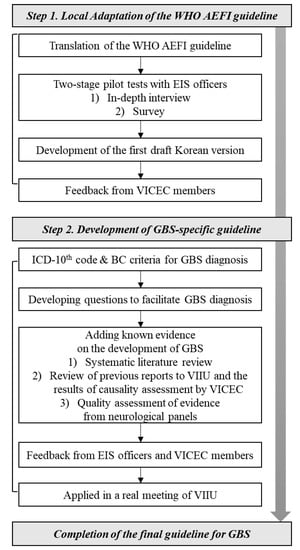
The initial findings were published in 1954, with a follow up report in 1958. Īfter their case-control study, Doll and Hill launched a prospective cohort study among male physicians in the UK, looking at cause of death as the primary endpoint. The cases were patients with lung cancer, and the controls were age and gender matched patients at the same hospital who had diseases other than cancer. The first was a case-control study conducted in London area hospitals. Richard Doll and Austin Bradford Hill (shown on the right) conducted landmark epidemiologic studies that were important in establishing the strong association between smoking and lung cancer. Then, in the 1940s and 1950s there was a succession of studies that sought to examine the cause of the epidemic of lung cancer that was claiming more and more lives. In 1939, a German study reported an association between smoking and lung cancer.

Many attributed the increase to the steady increase in the use of motor vehicles, or the paving of roads, or the steady rise in industry. There had been a remarkable increase in lung cancer in both the US and Britain during the first half of the 20th century, but the cause had not been established. Despite its increasing popularity, many had opposed smoking on moral grounds others claimed that smoking had adverse health effects, but the evidence to support these claims was thin. Smoking had long been a contentious issue. The most well-known and well-documented example in recent history was the tobacco industry's effort to deny that the association between cigarette smoking and lung cancer was causal. The existence, sources, and implications of global climate change is perhaps the most prominent current example in which concerns have been raised that commercial interests over the causal association between human activity and atmospheric change have affected the scientific process. However, it also means that the debate can be prolonged for reasons other than scientific dispute, for example, if powerful institutions perceive that there are substantial financial implications that would follow from concluding that there is a causal connection. Given the lack of rigid criteria, debate and disagreement over the evidence is inevitable and positive. The process of determining whether a causal relationship does in fact exist is called "causal inference".

There are no rigid criteria for determining whether a causal relationship exists, although there are guidelines that should be considered. There are no standardized rules for determining whether a relationship is causal.Īnswering the question of whether a given factor is a cause or not requires making a judgment.
Criteria for causality how to#
Consequently, if we accept Susser's assertion that a cause is something that makes a difference, one might then ask how to tell if a factor makes a difference. Nevertheless, before one can wrestle with the difficult question of causation, it is first necessary to establish that a valid association exists. It is therefore important to distinguish between risk factors and causes. These risk factors are surrogates or markers for underlying causes, e.g., populations with a higher prevalence of genetic risk from BRCA1 and BRCA2 alleles, or lower parity which in turn is a marker for unopposed estrogen stimulation of breast tissue.) Being born in northern Europe per se is not a cause it is a marker for populations that may have a greater genetic predisposition to breast cancer. For example, consider the following table which summarizes characteristics associated with a high risk of breast cancer and characteristics associated with a low risk.Įach of these factors (place of birth, socioeconomic status, and marital status) is associated with an increased risk of breast cancer, but none of these are causes.

The term risk factor includes surrogates for underlying causes.

However, a risk factor is not necessarily a cause. May be positive (presence of a causative exposure) or negative (lack of a preventive exposure)Įpidemiologists often use the term "risk factor" to indicate a factor that is associated with a given outcome.Can be either a host or environmental factor (e.g., characteristics, conditions, actions of individuals, events, natural, social or economic phenomena).


 0 kommentar(er)
0 kommentar(er)
